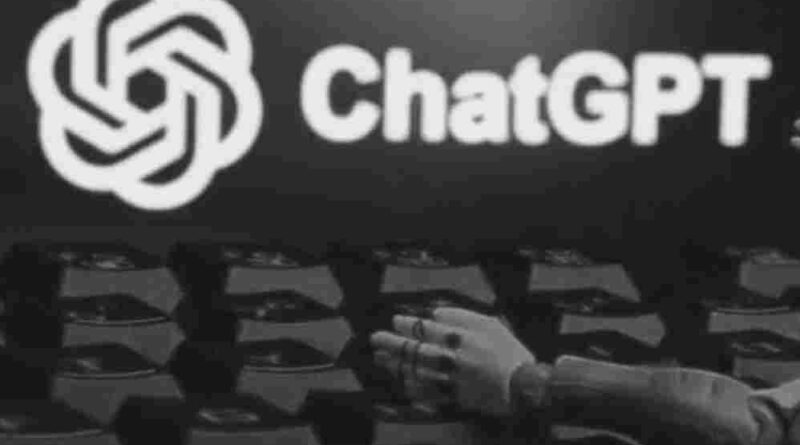ChatGPT Outage Disrupts Users Across the Globe Before Service Restored
Millions of users across the world experienced an unexpected pause in their conversations with ChatGPT as the popular AI chatbot went offline for several hours earlier today.
The disruption began late in the morning when users started reporting that ChatGPT was no longer displaying responses. Prompts could be entered, but instead of answers, blank screens or silent conversations greeted people relying on the tool. For many, the outage sparked confusion, frustration, and even humor as social media lit up with memes about “being forced to think” without AI assistance.
What Exactly Happened
The issue appeared suddenly, affecting both web and mobile users across different regions. Many were able to log in successfully, but the chatbot simply failed to generate replies. No error messages or warnings were shown, which made the outage even more unsettling for those in the middle of work, study, or creative projects.
Reports surged in large numbers from India, Europe, and North America within the first hour. In India alone, hundreds of users noted the blackout, though that number quickly dropped by mid-afternoon as fixes were rolled out.
How the Problem Was Handled
OpenAI engineers moved swiftly to identify the glitch. According to updates shared by the company, the root cause was linked to internal response-display issues rather than a complete system crash. In simple terms, the model was still working in the background but responses were not being shown to end-users.
Within two hours, the majority of users began regaining access, and by early afternoon the system was declared fully operational again. OpenAI advised anyone still experiencing problems to refresh their browser or app, which resolved the lingering disruptions.
Why the Outage Matters
While short-lived, the disruption highlighted just how deeply artificial intelligence tools are woven into everyday life. For students, professionals, and businesses, ChatGPT has become more than a chatbot—it’s a brainstorming partner, a writing assistant, and sometimes even a teacher.
The temporary pause brought three important lessons into focus:
- Global Dependence on AI
The sudden silence revealed how much productivity now leans on tools like ChatGPT. Whether drafting emails, preparing presentations, or troubleshooting problems, the absence of AI assistance was immediately felt. - Need for Redundancy
Outages remind users to keep backup options ready. Alternatives like other AI assistants or even traditional search engines can help bridge the gap when one tool falters. - Resilience of Technology
The quick response and restoration also showed the importance of reliability in tech. Users don’t just expect intelligence from AI—they expect consistency, uptime, and trust.
The Human Reaction
As serious as the outage was for professionals and businesses, it also sparked a wave of humor online. Users shared jokes about “finally having to use their own brains,” while others compared the silence of ChatGPT to being ignored by a close friend.
The event, while disruptive, became a shared moment of digital community. People expressed both frustration and amusement, turning the outage into a trending topic worldwide.
Looking Ahead
Though services have returned to normal, today’s incident leaves behind a valuable reminder: technology, no matter how advanced, is never infallible. For users, it reinforces the need to balance dependence on AI with adaptability. For developers, it highlights the pressure to maintain not only innovative features but also reliable performance.
As the world continues to embrace artificial intelligence in daily routines, moments like these serve as checkpoints. They remind us that while AI can make life easier, the human mind is still the ultimate fallback—creative, flexible, and always online.
Disclaimer
The information and content shared on digitalgithub.com — including articles, blogs, news, guides, and other resources — is intended for general informational and educational purposes only. We do not guarantee the completeness, reliability, or suitability of any information. Always seek the guidance of a qualified professional before making decisions based on the information you read. Use this site at your own risk.

